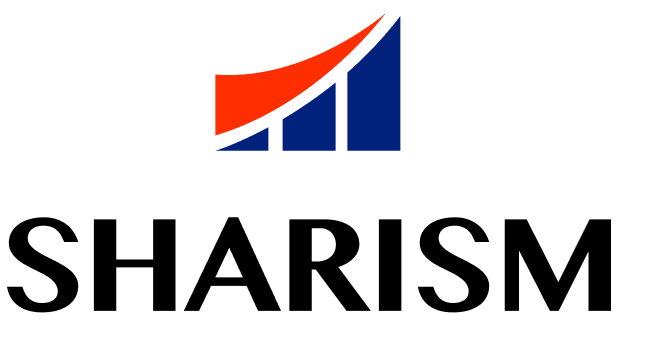WFH Software Tools: Boosting Productivity or Invading Your Private Life? The Comprehensive Analysis
The advent of remote work has brought about a surge in the use of various software tools designed to enhance productivity and facilitate seamless collaboration. While these tools have undoubtedly transformed the way we work, there is a growing concern about their impact on privacy. This article aims to provide a comprehensive analysis of WFH (Work From Home) software tools, examining their role in boosting productivity and the potential invasion of personal privacy.
Boosting Productivity
WFH software tools have undeniably played a pivotal role in boosting productivity for individuals and teams alike. Communication platforms such as Slack, Microsoft Teams, and Zoom have bridged the gap between remote colleagues, allowing for instant messaging, virtual meetings, and collaborative document editing. Project management tools like Trello and Asana have streamlined task allocation and project tracking, contributing to better organization and efficiency.
Moreover, cloud-based storage solutions such as Google Drive and Dropbox enable seamless file sharing and access from anywhere, eliminating the need for physical proximity to collaborate on documents. Time-tracking tools like Toggl and RescueTime have empowered employees to manage their time effectively, fostering a results-oriented work culture.
However, the flip side of this increased productivity is the potential for burnout, as employees may find it challenging to establish clear boundaries between work and personal life. The convenience of these tools can inadvertently lead to an “always-on” mentality, where the line between work and leisure becomes blurred learn more.
Invading Personal Privacy
As WFH software tools become more integrated into our daily work routines, concerns about the invasion of personal privacy have surfaced. Video conferencing tools, in particular, have been scrutinized for their potential to infringe on individuals’ private spaces. Instances of accidental camera activations, unauthorized screen sharing, and security vulnerabilities have raised questions about the safety of these virtual work environments.
Moreover, the extensive data collection by some software tools has raised eyebrows regarding the privacy of sensitive information. The constant monitoring of employees through time-tracking tools and analytics software can lead to a sense of surveillance, potentially eroding trust between employers and workers.
Balancing Act: Striking a Harmony Between Productivity and Privacy
To address the dual challenge of enhancing productivity without compromising privacy, organizations and individuals must adopt a balanced approach. Implementing clear policies on the use of WFH tools, educating employees about privacy settings, and conducting regular security audits are essential steps to mitigate potential risks.
Establishing Clear Policies: Organizations should create comprehensive guidelines on the appropriate use of WFH software tools, emphasizing the importance of respecting privacy boundaries. This includes guidelines on virtual meeting etiquette, data-sharing practices, and expectations regarding work hours.
Educating Employees: Training sessions and educational materials can help employees understand the privacy features and settings of the tools they use. Empowering individuals to control access to their personal information and providing guidance on securing virtual meetings contribute to a safer work environment.
Conducting Security Audits: Regular assessments of the security features of WFH tools can identify vulnerabilities and ensure that software providers are continually updating their systems to address emerging threats. Employers should stay informed about the latest security measures and implement them promptly here.
Conclusion
WFH software tools have become indispensable in the modern work landscape, significantly contributing to increased productivity and collaboration. However, as the use of these tools proliferates, it is crucial to address the potential risks they pose to personal privacy. By adopting a balanced approach that combines effective policies, employee education, and regular security audits, organizations can harness the benefits of WFH tools while safeguarding the privacy of their workforce. Striking this delicate balance is essential to ensure a harmonious integration of technology into the evolving nature of work.

